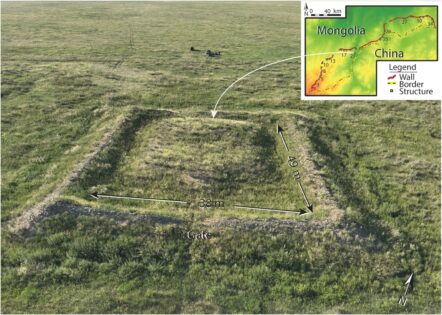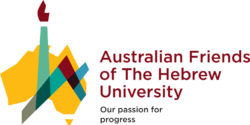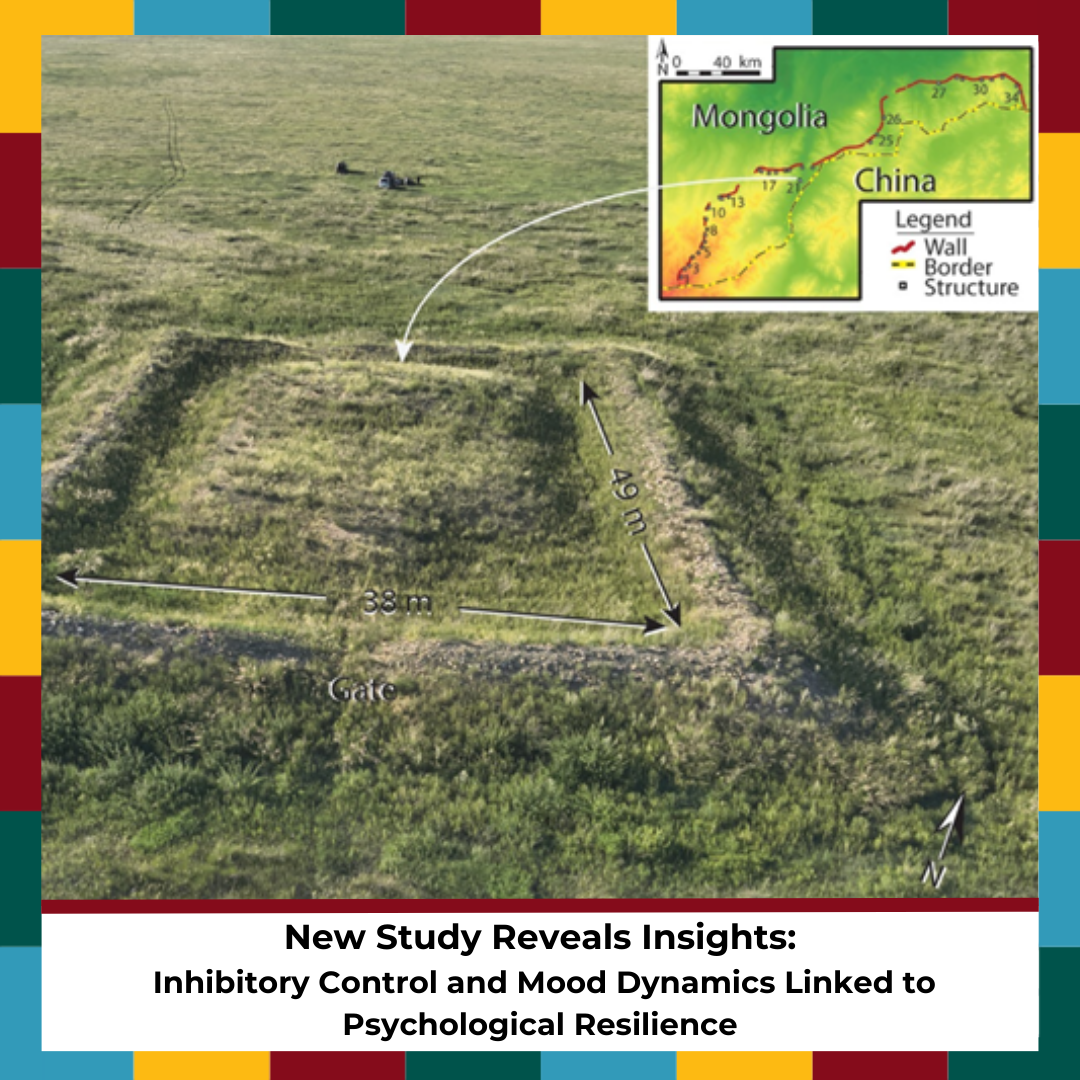Unraveling the mysteries of the Mongolian Arc: Exploring a Monumental 405-Kilometer Wall System in Eastern Mongolia
New study sheds light on the previously overlooked Mongolian Arc—a monumental wall system in eastern Mongolia spanning 405 kilometers. This discovery not only reveals the significance of this ancient architectural marvel but also prompts crucial questions about the motives, functionality, and broader implications of such colossal constructions. Their findings contribute to a larger multidisciplinary project exploring historical wall systems and their socio-political, economic, and environmental impacts, marking a pivotal milestone in understanding ancient civilizations and their enduring legacies.
[Jerusalem, Israel] Prof. Gideon Shelach-Lavi from Hebrew University and Prof. Amartuvshin Chunag from the National University of Mongolia, and their team unveil a new discovery in their latest research published in the Journal of Field Archaeology. Their paper, “Unraveling the Mongolian Arc: a Field Survey and Spatial Investigation of a Previously Unexplored Wall System in Eastern Mongolia,” sheds light on a monumental wall system that has remained largely overlooked in existing academic discourse.
The “Mongolian Arc,” spanning 405 kilometers in eastern Mongolia, comprises an earthen wall, a trench, and 34 accompanying structures. Constructed between the 11th and 13th centuries a.d., this intricate system has emerged as a pivotal yet understudied facet of historical architectural marvels.
The research, conducted through a collaborative effort, involved a comprehensive approach combining remote sensing data collection, archaeological field surveys, and analysis through geographic information systems (GIS). Professors Shelach-Lavi and Amartuvshin’s team also delved into ancient written sources to offer a preliminary interpretation of the design and potential functions of the Mongolian Arc.
“Understanding the significance of the Mongolian Arc unlocks profound insights into medieval wall systems, raising pertinent questions about the motives, functionality, and enduring consequences of such colossal constructions,” remarked Prof. Gideon Shelach-Lavi.
This study is part of a larger multidisciplinary project, funded by a generous research fund from the European Research Council (ERC) addressing the construction of extensive walls and structures in northern China and eastern Mongolia during the 11th–13th centuries A.D. The findings not only contribute to unraveling historical mysteries but also offer a framework for exploring the broader socio-political, economic, and environmental impacts of such endeavors.
The published paper marks a pivotal milestone in the ongoing investigation, sparking renewed interest and further inquiry into ancient architectural wonders and their societal implications.
The research paper titled “Unraveling the Mongolian Arc: a Field Survey and Spatial Investigation of a Previously Unexplored Wall System in Eastern Mongolia” is now available in Journal of Field Archaeology and can be accessed at https://www.tandfonline.com/doi/full/10.1080/00934690.2023.2295198
Researchers
Ying Tung Fung1, Angaragdulguun Gantumur1, Ido Wachtel1, Amartuvshin Chunag2, Zhidong Zhang1, Or Fenigstein1, Dan Golan1 & Gideon Shelach-Lavi1
Institutions
1) The Hebrew University of Jerusalem
2) National University of Mongolia
Pictures:
Title: Drone photo of Khaltaryn Balgas
Credit: Authors

Title: Drone image of a typical wall section
Caption: The wall section is located between structures 17 and 18. Measurements are typical based on measurements at various locations along the wall.
Credit: Authors

Funding: This project received funding from the European Research Council (ERC) under the European Union’s Horizon 2020 research and innovation program (“The Wall” project, grant agreement No. 882894).
Disclaimer: In these challenging times of war and crisis, Hebrew University of Jerusalem is resolute in its dedication to advancing research and education. We stand in full support of the brave individuals on the frontlines, safeguarding our nation and the well-being of all Israelis, and extend our deepest gratitude and unwavering solidarity to our community and fellow citizens. Together, we shall prevail against the challenges that confront us, and our shared commitment to the well-being of all Israelis and the pursuit of knowledge remains resolute.
The Hebrew University of Jerusalem is Israel’s premier academic and research institution. With over 25,000 students from 90 countries, it is a hub for advancing scientific knowledge and holds a significant role in Israel’s civilian scientific research output, accounting for nearly 40% of it and has registered over 11,000 patents. The university’s faculty and alumni have earned eight Nobel Prizes and a Fields Medal, underscoring their contributions to ground-breaking discoveries. In the global arena, the Hebrew University ranks 86th according to the Shanghai Ranking. To learn more about the university’s academic programs, research initiatives, and achievements, visit the official website at http://new.huji.ac.il/en

